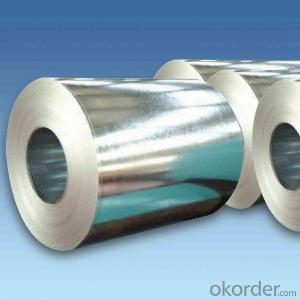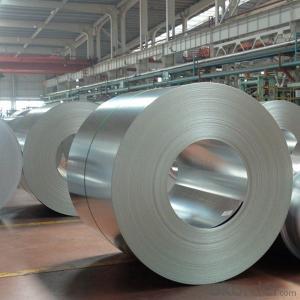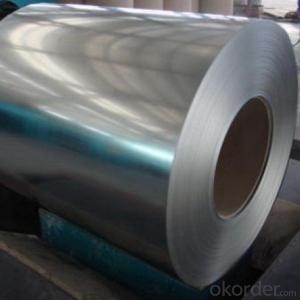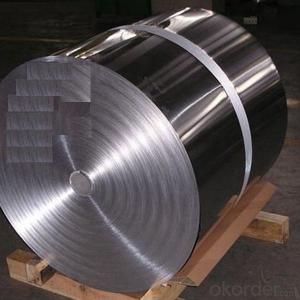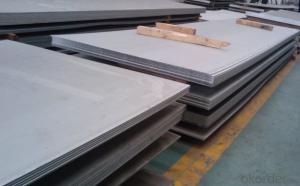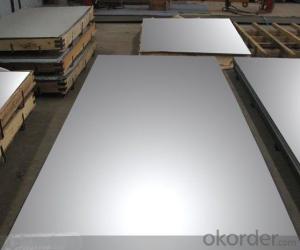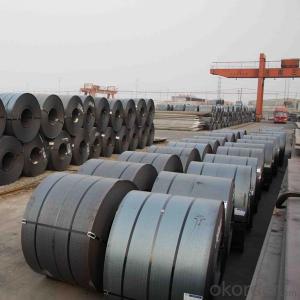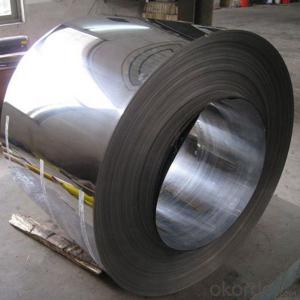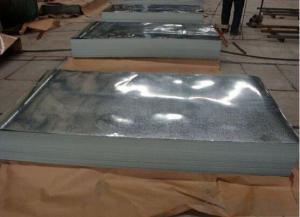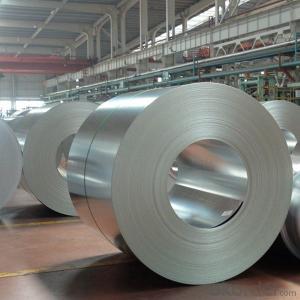Steel Sheet Hot Rolled Stainless Steel Made in China
- Loading Port:
- Tianjin
- Payment Terms:
- TT OR LC
- Min Order Qty:
- 100 m.t.
- Supply Capability:
- 200000000 m.t./month
OKorder Service Pledge
OKorder Financial Service
You Might Also Like
Specification
Description for Stainless Steel Coils/Sheets:
Material | 201/202/301/304/304L/310S/316/316L/321/410/420 |
Technique | old Rolled, Cold Drawn, Hot Rolled |
Standard | ASTM,AISI,JIS,GB,DIN,EN |
Thickness | 0.3mm-100mm or as your requirement |
Width | 100mm-3000mm or as your requirement |
Length | 1000mm-10000mm or as your requirement |
Surface Treatment | BA,2B,No.1,No.4,No.8,HL,8K,Brush |
Packing | 1.Export sea worthy package + water proof paper + wooden pallet 2. Max Loading 26.5mt for each 20Gp container 3.Safe loading and fixing Professiona teams 4. Professional shipping line |
Delivery | 25 days after received the 30% deposit of T/T or L/C |
Payment | T/T,30%payment in advance,70%T/T after the copy of B/L or L/c at sight |
Application | Stainless Steel Sheets are widely used in below fields: 1: Construction field, shipping building industry 2: Petroleum and Chemical Industries 3: Food and Mechanical Industries |
Specifications for Stainless Steel Coils/Sheets:
Grade | C ≤ | Si ≤ | Mn ≤ | P ≤ | S ≤ | Ni ≤ | Cr ≤ |
201 | 0.12 | 0.75 | 7.00 | 0.045 | 0.045 | 1.00-1.28 | 13.70-15.70 |
202 | 0.15 | 1.00 | 2.25 | 0.045 | 0.045 | 4.07-4.17 | 14.00-16.00 |
304 | 0.08 | 0.75 | 2.00 | 0.045 | 0.03 | 8.00-11.00 | 18.00-20.00 |
304L | 0.035 | 0.75 | 2.00 | 0.045 | 0.03 | 8.00-13.00 | 18.00-20.00 |
309 | 0.15 | 0.75 | 2.00 | 0.045 | 0.03 | 12.00-15.00 | 22.00-24.00 |
310S | 0.08 | 1.50 | 2.00 | 0.045 | 0.03 | 19.00-22.00 | 24.00-26.00 |
316 | 0.08 | 1.00 | 2.00 | 0.045 | 0.03 | 10.00-14.00 | 16.00-18.00 |
316L | 0.035 | 0.75 | 2.00 | 0.045 | 0.03 | 10.00-15.00 | 16.00-18.00 |
321 | 0.04-0.10 | 0.75 | 2.00 | 0.045 | 0.03 | 9.00-13.00 | 17.00-20.00 |
405 | 0.08 | 0.75 | 1.00 | 0.045 | 0.03 | 0.06 | 11.5-13.5 |
409 | 0.089 | 1.00 | 1.00 | 0.045 | 0.05 | 0.06 | 10.50-11.75 |
410 | 0.15 | 0.75 | 1.00 | 0.045 | 0.03 | 0.06 | 11.5-13.5 |
420 | 0.16-0.25 | 1.00 | 1.00 | 0.040 | 0.03 | 0.06 | 12.00-14.00 |
430 | 0.12 | 0.75 | 1.00 | 0.045 | 0.03 | 0.06 | 16.00-18.00 |
Features of Stainless Steel Coils
(1)Good ductility
(2)Good corrosion resistance
(3)Excellent abrasion resistance and fatigue strength
(4)Good weldability
(5)Oxidation resistant performance
(6)Excellent in high temperature
Detail picture for Stainless Steel Coils/Sheets
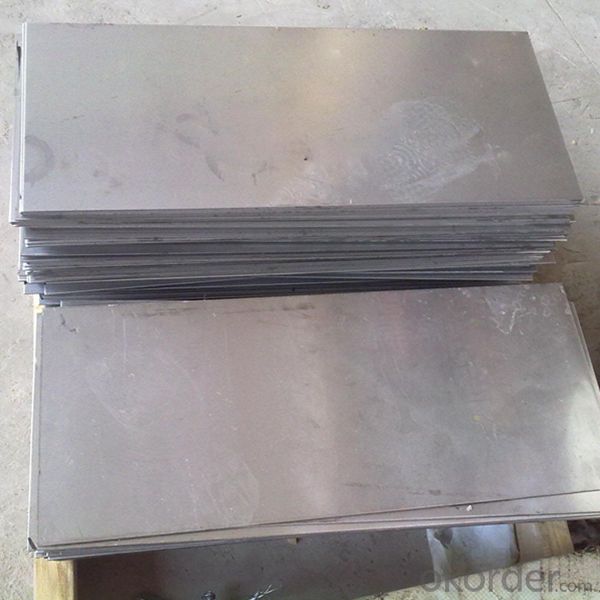
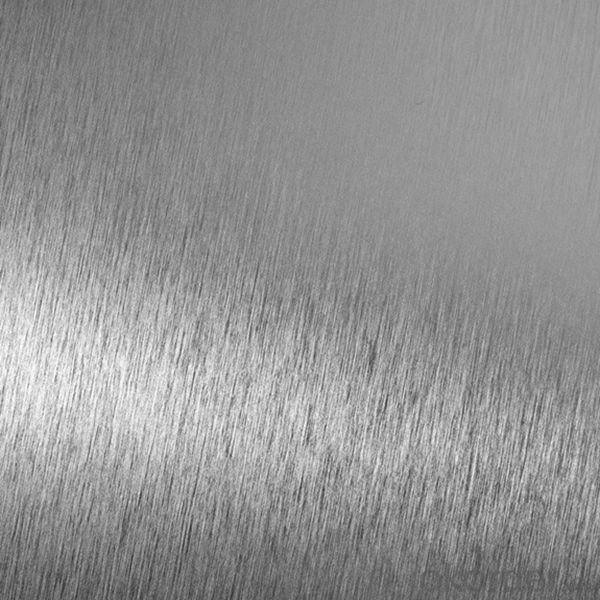
Application of Stainless Steel Coils
(1)Boiler heat exchanger,
(2)Chemical industries,
(3)Hardware fields,
(4)Construction material,
(5)Kitchen utensils,
(6)Building construction,
(7)Medical equipment,
(8)Chemical tank,
(9)Pipe etc
FAQ for Stainless Steel Coils/Sheets:
Q: How can I get the samples?
A: If you need some samples to test ,please pay for the transportation freight of samples and our samples are free for you.
Q: How can I get your price list?
A: Please send us your email or fax and order information – Quantity, Specification (steel type, thickness, width, surface finish), then I can send you the price list.
- Q: What are the different thickness tolerances for stainless steel sheets?
- There are various thickness tolerances for stainless steel sheets depending on the specific grade and industry standards. Generally, the thickness tolerances for stainless steel sheets can range from ±0.0015 inches to ±0.030 inches, with tighter tolerances being more common for precision applications.
- Q: Can stainless steel sheets be used for elevator doors or panels?
- Yes, stainless steel sheets can be used for elevator doors or panels. Stainless steel is a popular choice for elevator applications due to its durability, corrosion resistance, and sleek appearance. It provides a clean and modern look, making it a suitable material for elevator doors or panels.
- Q: Are stainless steel sheets suitable for chemical storage tanks?
- Indeed, chemical storage tanks can indeed be constructed using stainless steel sheets. Stainless steel is renowned for its exceptional resistance to corrosion and its remarkable durability, rendering it an ideal choice for the storage of various chemicals. It possesses the ability to withstand the corrosive effects of numerous substances, including acids, alkalis, and solvents, which are commonly stored in such tanks. Moreover, stainless steel sheets possess a high strength-to-weight ratio, enabling the construction of tanks capable of withstanding the immense pressure and weight of the chemicals. Furthermore, stainless steel is effortless to clean and maintain, making it a highly sanitary option for chemical storage. All in all, stainless steel sheets are a dependable and appropriate material for chemical storage tanks.
- Q: What are the different types of surface finishes available for stainless steel sheets?
- Stainless steel sheets offer a range of surface finishes, each with its own distinct qualities and uses. 1. The most commonly used finish for stainless steel sheets is No. 1 Finish. It is achieved through hot rolling and annealing, resulting in a rough, dull appearance with visible grain lines. No. 1 finish is ideal for applications where a rough surface texture is desired, such as in industrial or structural uses. 2. No. 2B Finish is obtained by cold rolling the stainless steel sheet after a No. 1 finish, followed by annealing and descaling. It has a smooth, reflective surface with a slight matte appearance. No. 2B finish is frequently chosen for applications that require a clean, aesthetically pleasing look, such as kitchen appliances, architectural accents, and decorative items. 3. Known as a brushed finish, No. 3 Finish is achieved by mechanically polishing the stainless steel sheet with abrasive materials. It creates a satin-like appearance with a unidirectional pattern of fine lines. No. 3 finish is often used for decorative purposes, such as in furniture, signage, and elevator doors. 4. No. 4 Finish is similar to No. 3 finish, but it is achieved by mechanically polishing the stainless steel sheet with finer abrasives. This produces a smoother, more refined surface with a low gloss. No. 4 finish is commonly chosen for applications that require good corrosion resistance and easy maintenance, such as kitchen equipment, automotive trim, and architectural components. 5. The most reflective and luxurious surface finish for stainless steel sheets is No. 8 Mirror Finish. It involves progressively polishing the metal with finer abrasives until a highly reflective mirror-like surface is achieved. No. 8 mirror finish is often selected for decorative and high-end applications, such as architectural accents, jewelry, and luxury consumer goods. 6. Embossed finishes involve stamping or pressing a pattern onto the stainless steel sheet, creating a textured surface. These finishes can range from simple designs to intricate patterns, offering both aesthetic appeal and improved slip resistance. They are commonly used in applications that require both functionality and visual interest, such as in flooring, countertops, and wall cladding. In summary, the choice of surface finish for stainless steel sheets depends on the desired appearance, functionality, and performance requirements of the specific application.
- Q: Can stainless steel sheets be used for bus shelters?
- Yes, stainless steel sheets can be used for bus shelters. Stainless steel is a durable and weather-resistant material, making it suitable for outdoor applications like bus shelters. It offers longevity, easy maintenance, and a modern aesthetic.
- Q: Are stainless steel sheets suitable for chemical tanks?
- Chemical tanks can indeed make use of stainless steel sheets. Stainless steel is widely recognized for its exceptional resistance to corrosion, rendering it an ideal material for the containment and transportation of chemicals. Its remarkable strength and durability enable it to withstand the harshest chemicals and extreme temperatures. Moreover, stainless steel boasts a smooth and non-porous surface, preventing the absorption of chemicals and facilitating effortless cleaning. Furthermore, stainless steel exhibits non-reactivity, ensuring the preservation of the stored substances' integrity by not reacting with most chemicals. All in all, stainless steel sheets are an esteemed and dependable choice for chemical tanks due to their corrosion resistance, strength, durability, and non-reactivity.
- Q: How do you prevent staining on stainless steel sheets?
- To prevent staining on stainless steel sheets, it is important to regularly clean and maintain them. This can be done by using non-abrasive cleaners specifically designed for stainless steel, avoiding harsh chemicals and abrasive materials that can scratch the surface. Additionally, wiping away spills or moisture promptly and drying the sheets thoroughly after cleaning can help prevent staining. Using protective coatings or sealants specifically made for stainless steel can also offer an extra layer of protection against staining.
- Q: How do you determine the weight of a stainless steel sheet?
- To determine the weight of a stainless steel sheet, you need to know its dimensions (length, width, and thickness) and the density of stainless steel. By multiplying the volume of the sheet (length x width x thickness) with the density, you can calculate its weight.
- Q: How is stainless steel different from other types of steel?
- Stainless steel is a type of steel that is different from other types of steel primarily due to its composition and unique properties. It contains a minimum of 10.5% chromium, which forms a thin and invisible layer of chromium oxide on the surface of the steel. This layer is highly resistant to corrosion, making stainless steel highly durable and long-lasting. Unlike other types of steel, stainless steel does not easily rust, stain, or corrode when exposed to moisture, air, or chemicals. This corrosion resistance makes it suitable for various applications where exposure to harsh environments is expected, such as in kitchen appliances, cutlery, medical equipment, and construction materials. Furthermore, stainless steel has excellent strength and durability, making it ideal for applications that require high structural integrity. It is also heat-resistant, maintaining its strength and shape even at elevated temperatures. This property makes stainless steel widely used in industries like automotive, aerospace, and construction. Moreover, stainless steel is highly hygienic due to its non-porous surface and resistance to bacterial growth. It is easy to clean and maintain, making it a popular choice for food processing equipment, medical instruments, and sanitary applications. In summary, stainless steel stands out from other types of steel due to its corrosion resistance, strength, heat resistance, and hygienic properties. These qualities make it a versatile material used in various industries and applications, where durability, longevity, and resistance to external factors are crucial.
- Q: What is stainless steel plate wire?
- But in the stainless steel industry said decimillimeter, such as stainless steel plate with the thickness of 1mm, the tolerance of 0.91 plus or minus 1 wire, a tolerance of plus or minus 0.01mm 0.91mm. That is to say here is actually in mathematics centimillimeter decimillimeter.1 wire =0.01 mm
Send your message to us
Steel Sheet Hot Rolled Stainless Steel Made in China
- Loading Port:
- Tianjin
- Payment Terms:
- TT OR LC
- Min Order Qty:
- 100 m.t.
- Supply Capability:
- 200000000 m.t./month
OKorder Service Pledge
OKorder Financial Service
Similar products
Hot products
Hot Searches
Related keywords

